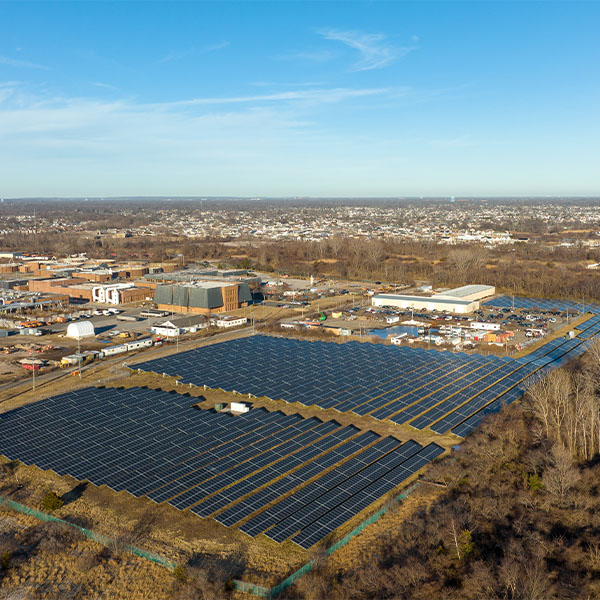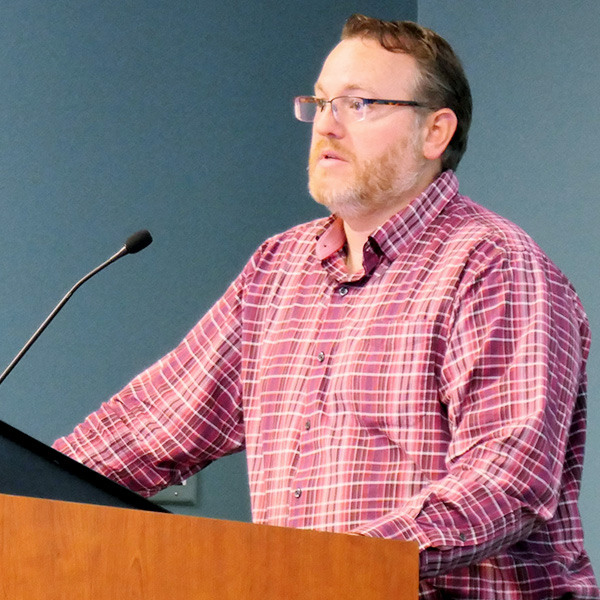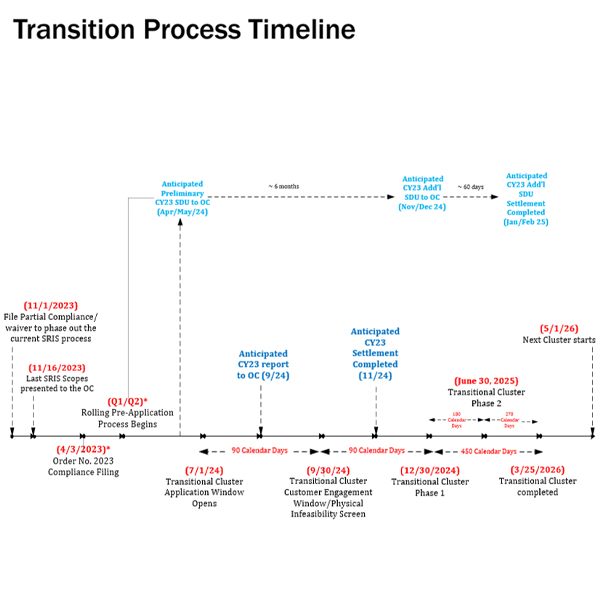generator interconnection queue
PJM has begun working its way through 308 projects in its transitional generation interconnection queue, advancing it a step toward implementation of a clustered method of studying network upgrades.
FERC didn’t completely buy into MISO’s package of stricter rules to lighten its gridlocked interconnection queue, rejecting the RTO’s proposed annual megawatt cap on project submittals.
ISO-NE has proposed several deviations from the specific approach detailed in Order 2023, including a 270-day cluster study timeline instead of FERC’s 150-day timeline.
SPP chalked up numerous successes during 2023 without the effects of a global pandemic or severe winter storms.
Several MISO stakeholders took exception to the RTO’s proposal before FERC to cap the volume of interconnection requests it accepts annually.
MISO has put before FERC its package of changes meant to downsize its crammed interconnection queue.
ISO-NE outlined how FERC’s time extension for Order 2023 compliance will impact its proposal at a meeting of the NEPOOL Transmission Committee.
MISO won’t place conditions on either queue entrants or generation retirements in its quest to maintain system reliability by prescribing generating attributes.
Stakeholders are concerned over NYISO’s proposed seven-day decision window and cash deposit requirements for interconnection applicants.
MISO has received FERC approval to hike up its non-refundable interconnection request application fee, required for generation developers to enter the queue.
Want more? Advanced Search









